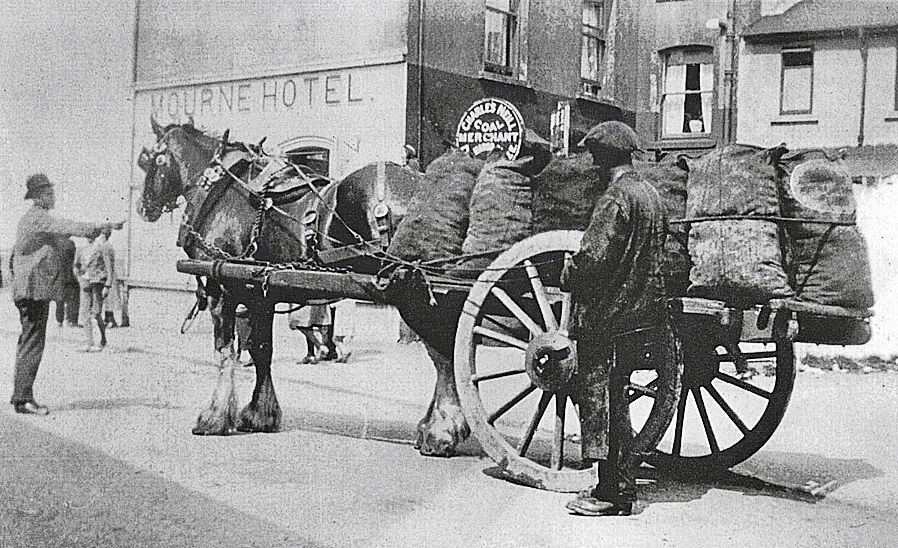Coal bootlegging in the 1930s was revolutionized by trucks, giving them access to markets within a 100-mile radius, where they could compete with the rail monopoly on coal. But bootleg coal went at least as far back as the Great Strike of 1902, one of the most important strikes in US history.
150,000 miners and their families did everything to hold out longer than the coal bosses. It was nearly six hungry months of evictions, pickets, fights, and making do. Charities opened soup kitchens, and union workers across the country sent funds for their support. Women and children left the region to find work anywhere they could be fed. Miners also survived by digging coal straight out of company grounds under the cover of darkness—bootleg coal mining.
When the strike ended, the miners returned to work semi-victorious, but not everyone sealed up their coal holes. In one of the oldest reports of bootleg coal mining, a group of Mount Carmel miners maintained their own tunnel together, right on the Union Coal Company grounds. Strike or not, the industry was boom and bust, with periods of heavy work followed by months of idleness. It was apparently in one of these lulls in October of 1903 when John Walish was transporting a full load of bootleg coal with a horse-drawn wagon, which he would have done after dark to avoid the company’s Coal & Iron Police.
Unfortunately for him, he was spotted by a Coal & Iron cop. A wagon chase ensued through town, John riding so hard that half his load spilled out onto the dirt streets. He reached his destination—likely a cellar of his family or neighbors—when the cop caught up with him. The two broke into a fistfight, and John was knocked down twice. He must have avoided arrest somehow because the next day a warrant was put out for his arrest. He then pled guilty, and had to pay “a fine and costs amounting to nearly $16.” That’s about $520 in today’s money.

